Sugarcane Care - Sugarcane Plant Info And Growing Tips
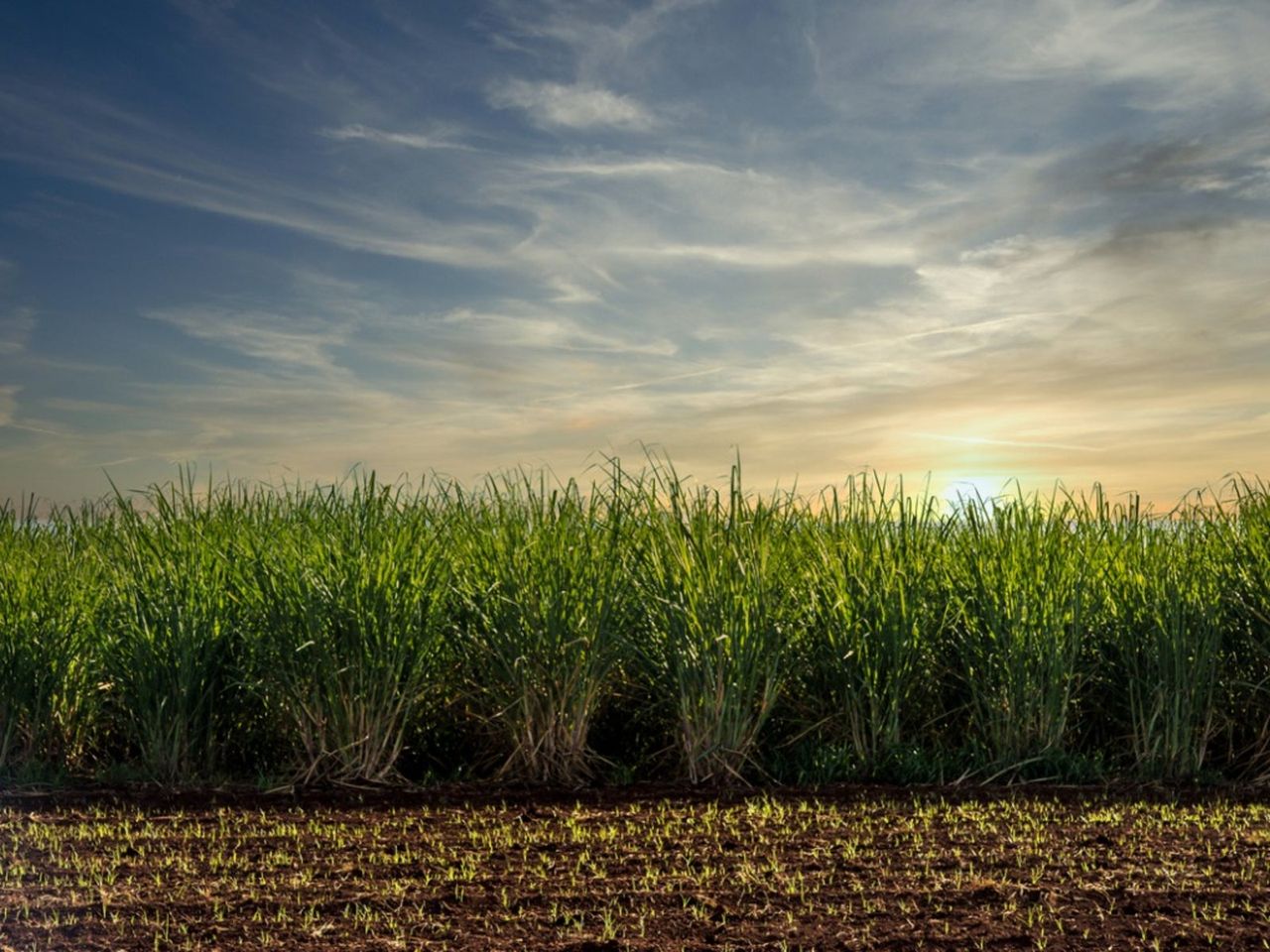
Sugarcane plants are a genus of tall, tropically growing perennial grasses from the family Poaceae. These fibrous stalks, rich in sugar, cannot survive in areas with cold winters. So, how then do you grow them? Let's find out how to grow sugarcanes.
Sugarcane Plant Info
A tropical grass native to Asia, sugarcane plants have been grown for over 4,000 years. Their first use was as a “chewing cane” in Melanesia, probably in New Guinea, from the indigenous strain Saccharum robustum. Sugarcane was then introduced into Indonesia and the farther reaches of the Pacific via the early Pacific islanders. During the sixteenth century Christopher Columbus brought sugarcane plants to the West Indies and eventually the indigenous strain evolved into Saccharum officinarum and other varieties of sugarcane. Today, four species of sugarcane are interbred to create the giant canes grown for commercial manufacturing and account for about 75 percent of the world's sugar. Growing sugarcane plants was at one time a huge cash crop for areas of the Pacific but is now more often grown for bio-fuel in the American and Asian tropics. Growing sugarcanes in Brazil, the highest producer of sugarcane, is quite lucrative as a high proportion of fuel for cars and trucks there is ethanol processed from sugarcane plants. Unfortunately, growing sugarcanes has caused significant environmental damage to areas of grasslands and forests as sugarcane plant fields replace natural habitats. Growing sugarcanes encompasses about 200 countries which produce 1,324.6 million tons of refined sugar, six times that of sugar beet production. Growing sugarcanes is not solely produced for sugar and bio-fuel, however. Sugarcane plants are also grown for molasses, rum, soda, and cachaca, Brazilian's national spirit. The remnants of sugarcane post pressing are called bagasse and are useful as a source of burnable fuel for heat and electricity.
How to Grow Sugarcanes
To grow sugarcanes one must reside in a tropical climate such as Hawaii, Florida, and Louisiana. Sugarcane is grown in limited quantities in Texas and a few other Gulf Coast states as well. As sugarcanes are all hybrids, sugarcane planting is done using stalks garnered from a favorable species mother plant. These in turn sprout, creating clones which are genetically identical to the mother plant. Since the sugarcane plants are multi-species, using seeds for propagation would result in plants that differ from the mother plant, hence, vegetative propagation is utilized. Although interest in developing machinery to reduce labor costs has taken hold, generally speaking, hand planting takes place from late August to January.
Sugarcane Care
Sugarcane plant fields are replanted every two to four years. After the first year's harvest, the second round of stalks, called a ratoon, begins to grow from the old. After each harvest of the sugarcane, the field is burned off until such time as production levels decline. At that time, the field will be plowed under and the ground prepared for a new crop of sugarcane plants. Sugarcane care is accomplished with cultivation and herbicides to control weeds in the plantation. Supplemental fertilization is often needed for optimal growth of the sugarcane plants. Water may occasionally be pumped from the field after heavy rains, and in turn, may be pumped back in during drier seasons.
Gardening tips, videos, info and more delivered right to your inbox!
Sign up for the Gardening Know How newsletter today and receive a free copy of our e-book "How to Grow Delicious Tomatoes".

Amy Grant has been gardening for 30 years and writing for 15. A professional chef and caterer, Amy's area of expertise is culinary gardening.
-
 7 Vegetables To Plant In April: Start Indoors Or Outside For A Bumper Summer Harvest
7 Vegetables To Plant In April: Start Indoors Or Outside For A Bumper Summer HarvestAchieve your growing ambitions with these best vegetables to plant in April – including cold-hardy crops to sow direct and tender varieties to start indoors
By Mary Ellen Ellis
-
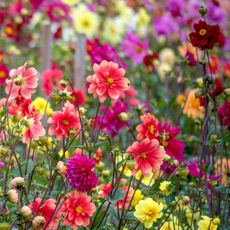 Cut Flower Garden For Beginners: 8 Easy Decorative Floral Plants For Newbies To Grow
Cut Flower Garden For Beginners: 8 Easy Decorative Floral Plants For Newbies To GrowAre you new to growing decorative florals for bouquets and ornamental displays? A cut flower garden for beginners is well within reach if you grow these flower seeds
By Tonya Barnett
-
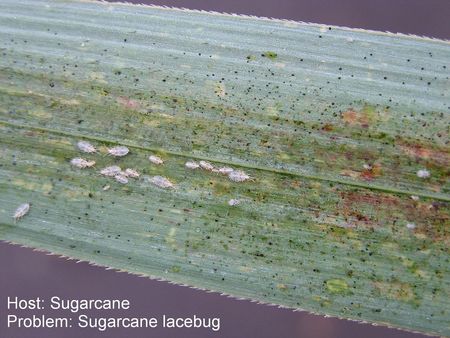 Sugarcane Insect Control – How To Deal With Sugarcane Plant Pests
Sugarcane Insect Control – How To Deal With Sugarcane Plant PestsLike any commercial crop, sugarcane does have its share of pests that can sometimes cause significant crop loss in sugarcane fields. And if you grow sugarcane plants in the home garden, they may affect yours too. Click here to learn about common pests of sugarcane.
By Darcy Larum
-
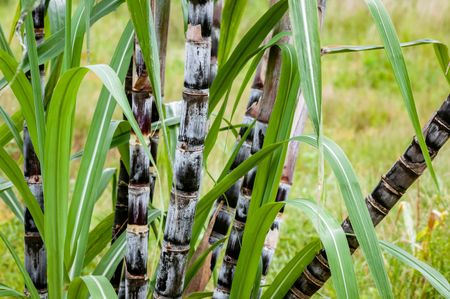 Cold Hardy Sugarcane Plants: Can You Grow Sugarcane In Winter
Cold Hardy Sugarcane Plants: Can You Grow Sugarcane In WinterSugarcane is an incredibly useful crop. Native to tropical and subtropical climates, it does not usually fare well in cold temperatures. So what’s a gardener to do when growing sugarcane in a temperate zone? Learn about sugarcane for cool climates here.
By Liz Baessler
-
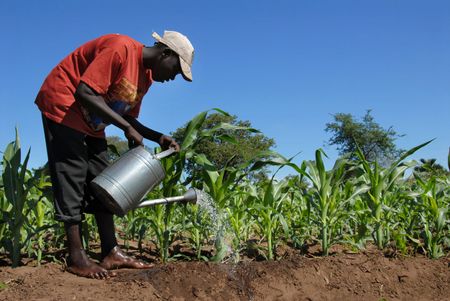 Sugarcane Water Needs – How To Water Sugarcane Plants
Sugarcane Water Needs – How To Water Sugarcane PlantsYou may have tried growing sugarcane, and probably realized it can be a water hog. Sugarcane water requirements is an important aspect of meeting the proper growth and care of your plants. Click here to learn how to water sugarcane plants efficiently.
By Darcy Larum
-
 Common Sugarcane Diseases: What’s Wrong With My Sugarcane
Common Sugarcane Diseases: What’s Wrong With My SugarcaneAlthough sugarcane is a hardy, prolific plant, it can be plagued by a number of sugarcane diseases. Click on the following article to learn how to identify several of the most common. If you know what to look for, then treating the problem will be easier.
By Mary H. Dyer
-
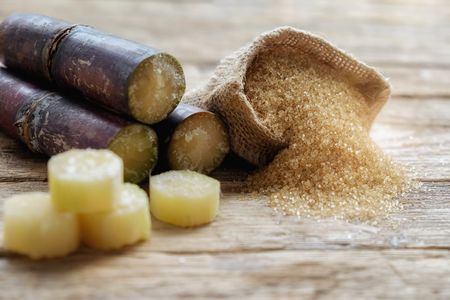 Sugarcane Benefits: What Is Sugarcane Good For
Sugarcane Benefits: What Is Sugarcane Good ForWhat is sugarcane good for? Most often grown on a commercial scale, you can grow it in your garden too. Enjoy a pretty, decorative grass, a natural screen and privacy border, and the sweet juice and fiber from harvested canes. Learn more in this article.
By Mary Ellen Ellis
-
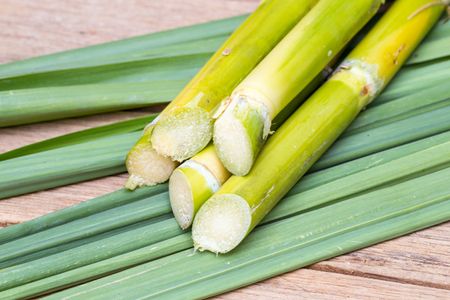 Common Sugarcane Varieties: Learn About Different Sugarcane Plants
Common Sugarcane Varieties: Learn About Different Sugarcane PlantsGrowing sugarcane is most often a commercial affair, but home gardeners can also enjoy this sweet ornamental grass. If you live in a warm climate, you can grow sugarcane varieties in your garden beds. Learn about the differences between sugarcanes in this article.
By Mary Ellen Ellis
-
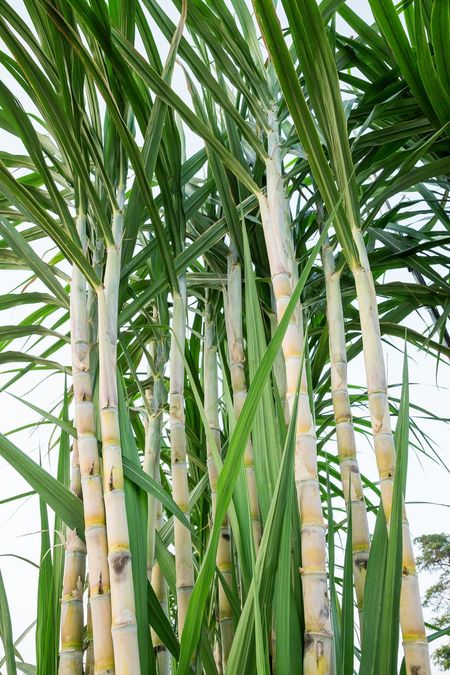 Cutting Back Sugarcane: Do You Need To Prune Sugarcane
Cutting Back Sugarcane: Do You Need To Prune SugarcaneGrowing sugarcane can be fun in the home garden. There are some great varieties for good decorative landscaping, but these plants also produce actual sugar. To enjoy a pretty plant and a sweet treat, know when and how to cut and prune your sugarcane. Learn more here.
By Mary Ellen Ellis
-
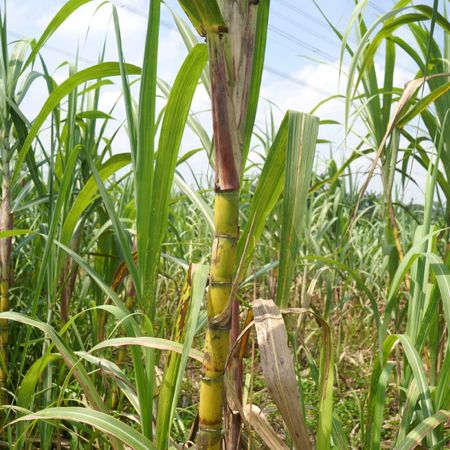 How To Fertilize Sugarcane – Tips For Feeding Sugarcane Plants
How To Fertilize Sugarcane – Tips For Feeding Sugarcane PlantsBy Bonnie L. Grant
